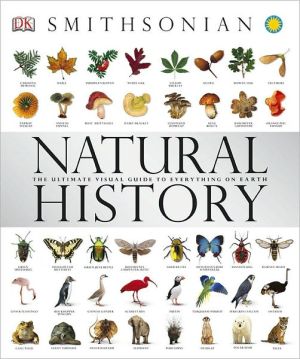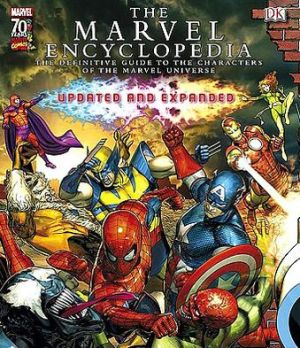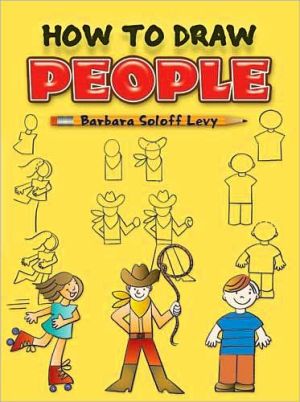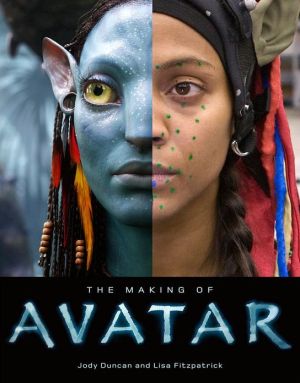Mimesis and Alterity: A Particular History of the Senses
Mimesis: the idea of imitation. Alterity: the idea of difference, the opposition of Self and Other. In his most accomplished work to date, Michael Taussig explores these complex and often interwoven concepts. Arguing that mimesis is the nature that culture uses to create second nature, he maintains that mimesis - variously experienced in different societies - is not only a faculty but also a history. That history, Taussig writes, is deeply tied to "Euroamerican colonialism, the felt relation...
Search in google:
Mimesis: the idea of imitation. Alterity: the idea of difference, the opposition of Self and Other. For anthropologists, social scientists, artists, and everyone else caught up in the enigma of "modernity," the question "What is reality?" is crucial to knowing what it is we know and what we are. If traditions are inventions, and social life is a construction, how is it that we understand reality as both real and really made us?In his most ambitious and accomplished work to date, anthropologist Michael Taussig, widely known for his work on shamanism, undertakes a history of the mimetic faculty. Mimesis and Alterity moves from the nineteenth-century invention of machines capable of mimetic acts, such as the camera, backwards to the fables of colonial "first contact" and the alleged mimetic prowess of "primitives." He then moves forward to contemporaru time, when the idea of alterity is increasingly unstable.Utilizing anthropological theory, the ideas of Benjamin, Adorno, and Horckheimer, extensive research on the Cuna Indians, and work on colonialism and postcolonialism, Taussig analyzes mimesis across time and cultures. More than a faculty or one more sensory capability, mimesis--differently experienced in so-called primitive and modern socieities--has a history, too. That history is deeply tied to colonialism, the felt relation of the civilizing process to savagery, to aping, sensateness caught in the net of passionate images spun with wildness for centuries by the colonial trade. Vigorous, unorthodox, and sometimes breathtaking, Taussig's understanding of mimesis in different cultures deepens our meanings of ethnography, racism, and society.BooknewsTaussig draws on anthropological theory to expound on the evidence and implications of imitation (mimesis) and difference, or self and other (alterity). His study is farflung and unorthodox, blending Latin American ethnography and colonial history with the insights of Walter Benjamin, Adorno, and Horkheimer, reaching for deeper understanding of ethnography, racism, and society. Annotation c. Book News, Inc., Portland, OR (booknews.com)
AcknowledgementsA Report to the Academy1In Some Way or Another One Can Protect Oneself From Evil Spirits by Portraying Them12Physiognomic Aspects of Visual Worlds193Spacing Out334The Golden Bough: The Magic of Mimesis445The Golden Army: The Organization of Mimesis596With the Wind of World History in Our Sails707Spirit of the Mime, Spirit of the Gift888Mimetic Worlds: Invisible Counterparts1009The Origin of the World11210Alterity12911The Color of Alterity14412The Search For the White Indian16213America as Woman: The Magic of Western Gear17614The Talking Machine19315His Master's Voice21216Reflection23617Sympathetic Magic In A Post-Colonial Age250Notes257Bibliography283Index291
\ BooknewsTaussig draws on anthropological theory to expound on the evidence and implications of imitation (mimesis) and difference, or self and other (alterity). His study is farflung and unorthodox, blending Latin American ethnography and colonial history with the insights of Walter Benjamin, Adorno, and Horkheimer, reaching for deeper understanding of ethnography, racism, and society. Annotation c. Book News, Inc., Portland, OR (booknews.com)\ \








